
The trailer for Episode XI: The Rise of Skywalker has dropped. When we last saw our heroes, the Rebellion — excuse me, the Resistance — had seemingly been reduced to something that could fit inside a YT-1300 freighter. One of the questions for Episode IX has been how the Resistance could possibly mount a credible assault on the First Order in this kind of condition. The new trailer does not answer this question. In fact, it doesn’t really tell us much about the final chapter of the Skywalker saga, beyond that this is the final chapter of the Skywalker saga.
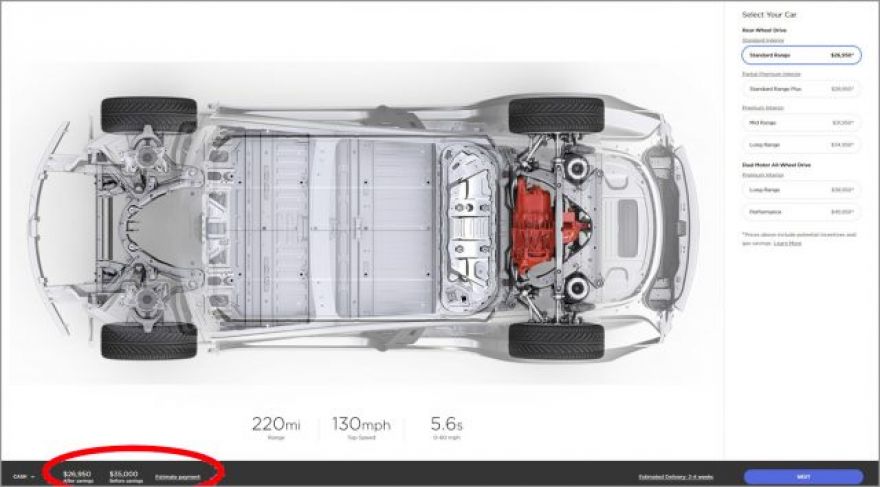
If you can’t believe the auto industry, who can you trust? In the 21 months since Tesla announced the Model 3, there have been approximately zero $35,000 entry-level Model 3s sold. Now, six weeks after Elon Musk said the stripper Model 3 was becoming available, it isn’t. Not any more. Tesla this week announced on its blog that the least expensive Model 3 you can buy will cost $39,500. Plus a $1,200 destination & documents fee. It’s unclear how many $35,000 Model 3s were sold before Tesla pulled the plug. If any. An annoyed — skeptical? quizzical? resigned? — Car and Driver headlined its , “The “$35,000″ Tesla Model 3 Is No More, and It Seems That It Never Was.
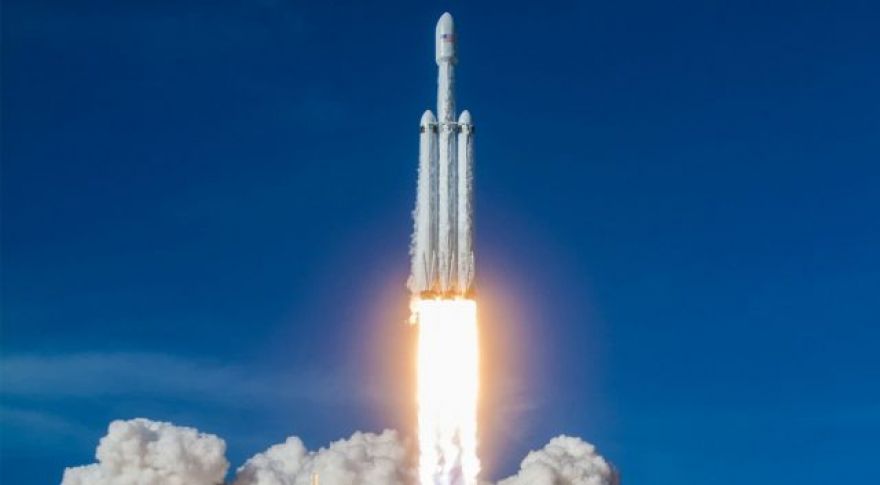
After a few delays, SpaceX launched its second Falcon Heavy rocket yesterday evening. This was SpaceX’s first commercial Falcon Heavy launch, as last year’s test payload was Elon Musk’s Tesla Roadster. Another important distinction: All three of the Falcon Heavy boosters returned safely to Earth. In 2018, the center stage crashed into the ocean. The rocket is getting all the attention, but SpaceX wasn’t just launching it for fun. There was a real payload to deliver into orbit, the Arabsat-6A. This telecommunications satellite will service areas of Africa, the Middle East, and Europe. The second stage carrying the satellite separated as planned shortly after launch, and SpaceX later confirmed successful deployment in geostationary orbit.
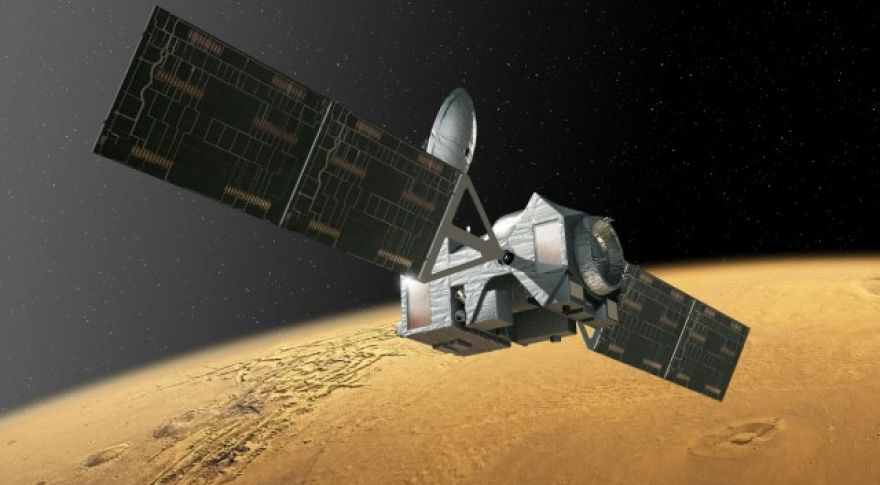
One of the keys to scanning the red planet for present or past life is understanding the molecules that make up its thin atmosphere. Various missions have detected methane on Mars, considered to be one of the hallmarks of living organisms. The arrival of the mission with its Trace Gas Orbiter (TGO) instrument provided scientists with a chance to take the most accurate measurements of methane concentration yet. However, the first major data release shows almost none of the gas in Mars’ atmosphere. That’s an unexpected result. The TGO is the orbital portion of the ExoMars mission. It’s also the only part of the ExoMars mission now.

The newly released (below) is a watershed moment for physics. Finally, we can put some of Einstein’s most famous predictions from a century ago to the test, but it was not as easy as pointing a big lens at the M87 galaxy and pressing a button. It took years of work and the collaboration of more than 200 scientists to make it happen. It also required about half a ton of hard drives. Data collection for the historic black hole image began in 2017 with a coordinated effort called the Event Horizon Telescope (EHT). That isn’t a single instrument but rather a collection of seven radio telescopes from around the world.
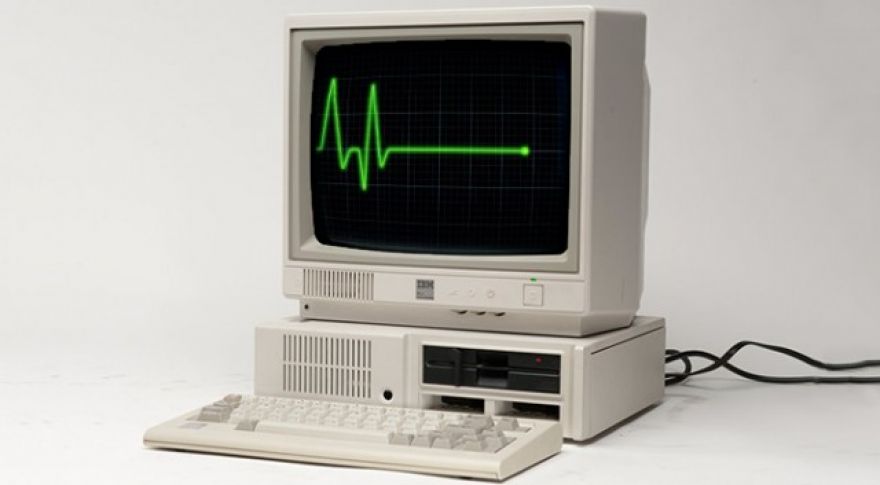
The PC market shrank substantially in Q1 according to both Gartner and IDC. Both firms blame Intel for the downturn, over and above other factors like seasonality or economic concerns. “We saw the start of a rebound in PC shipments in mid-2018, but anticipation of a disruption by CPU shortages impacted all PC markets as vendors allocated to the higher-margin business and Chromebook segment,” Mikako Kitagawa, senior principal analyst at Gartner. “The supply constraints affected the vendor competitive landscape as leading vendors had better allocation of chips and also began sourcing alternative CPUs from AMD.” IDC was a little more circumspect in its own analysis, that “Although the shortage of Intel processors, mostly at the lower end, remained a factor in seeing a contraction in 1Q19, the market performed better than expected with most regions exceeding forecast.

As of today, the long saga of Microsoft Windows XP has finally come to an end. The venerable operating system’s last publicly supported variant — Windows Embedded POSReady 2009 — reached the end of its life cycle support on April 9, 2019. Prior to this point, it was still possible to use a registry hack to enable OS updates on still-operating versions of Windows XP Home and Windows XP Pro SP3, though Microsoft strenuously argued that users shouldn’t do this. It’s not clear how many users are still using Windows XP worldwide. Surveys like the Steam Hardware Survey no longer show any results for the venerable OS, while NetMarketShare claims worldwide, 3.72 percent of machines are still running XP.
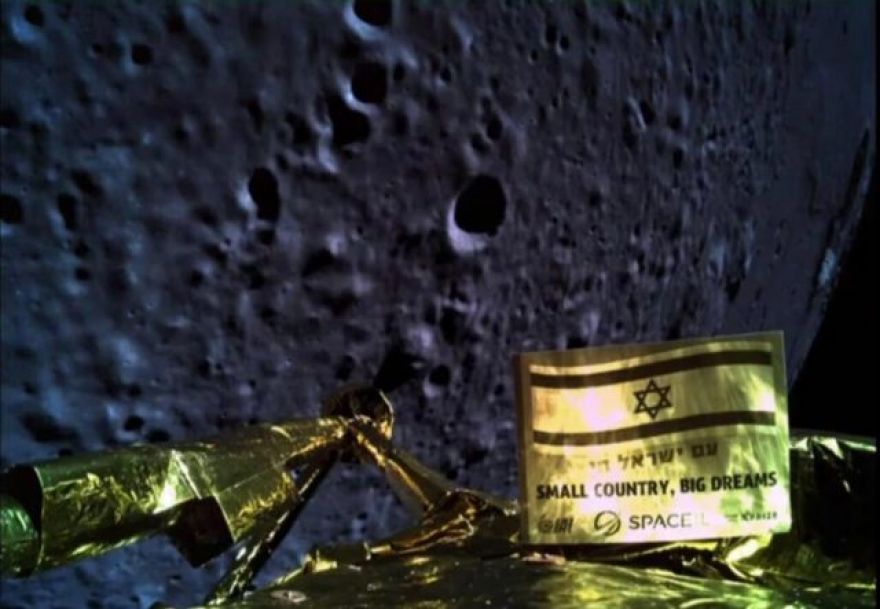
The first private attempt to land a spacecraft on the Moon came to a sad end today, after the Israel-based non-profit SpaceIL declared that the Beresheet spacecraft had failed to land successfully. The last image received from the spacecraft, shown above, is from an altitude 22km (13.2 miles) above the lunar surface. Precise details on what went wrong with Beresheet (a Hebrew word meaning ‘Genesis’) are still unknown. It’s been reported, based on information from the livestream, that an Inertial Measurement Unit failed and the team was unable to reset the component due to a repeated loss of communications with the JPL network.
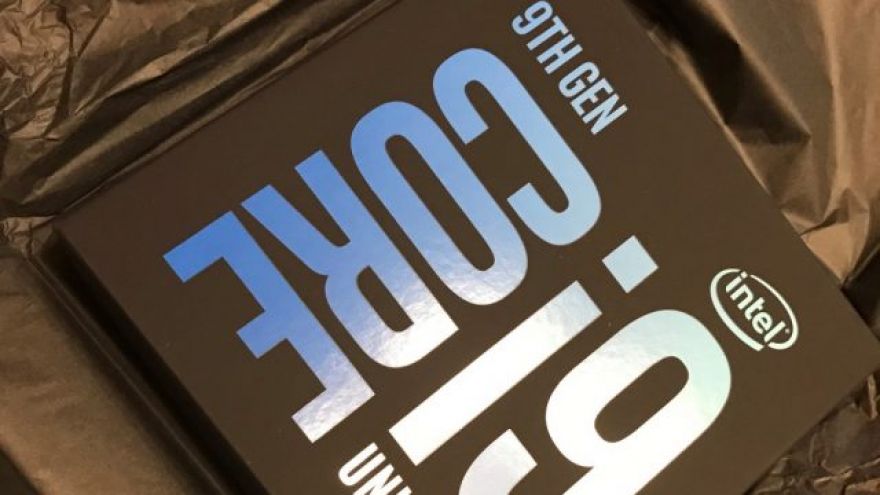
Intel’s Core i9-9990XE wasn’t intended to ever get a retail release. The CPU, which formally launched as an auction-only part intended for OEMs, has tipped up for sale at CaseKing.de, a manufacturer which also offers the CPU for-sale inside some of its systems. The CPU’s price? Just , a veritable steal. (€2,999 works out to $3,375). The 14-core Core i9-9990XE isn’t Intel’s largest CPU core. In fact, it’s 14 cores are relatively svelte compared to the 28-core CPUs Intel also sells. The Core i9-9990XE was a halo part designed for those who wanted to balance clock speed and core count, with a base clock of 4GHz and a boost clock of up to 5.1GHz.









